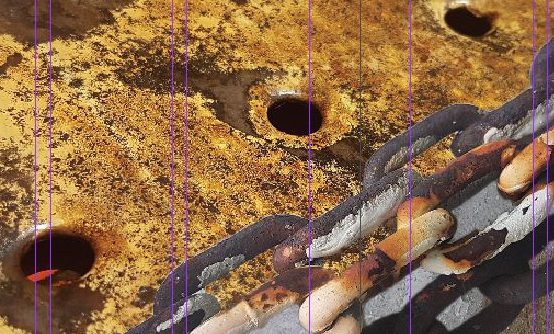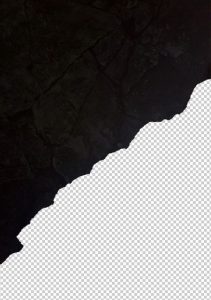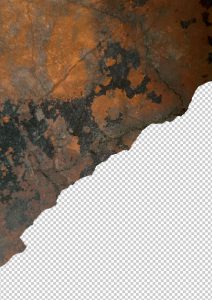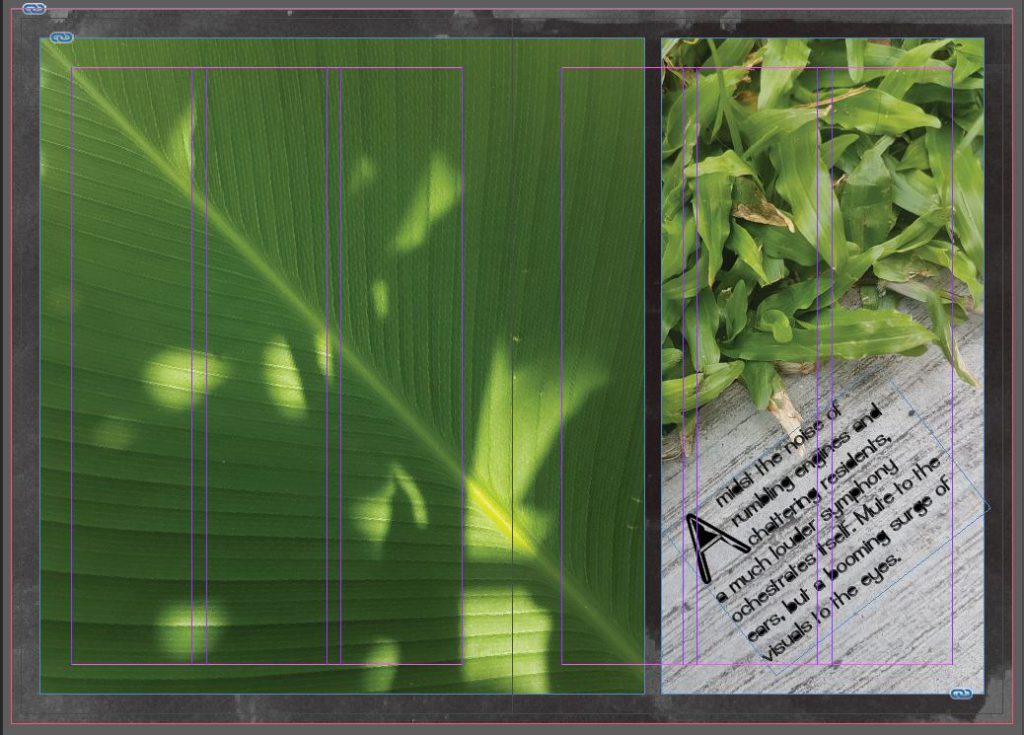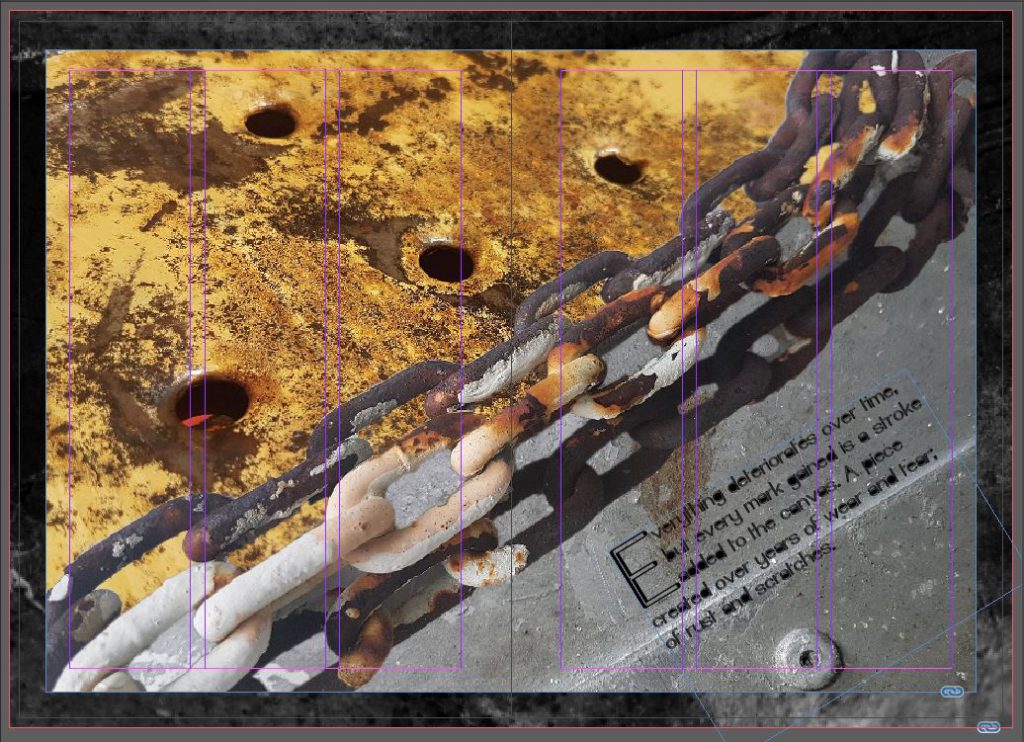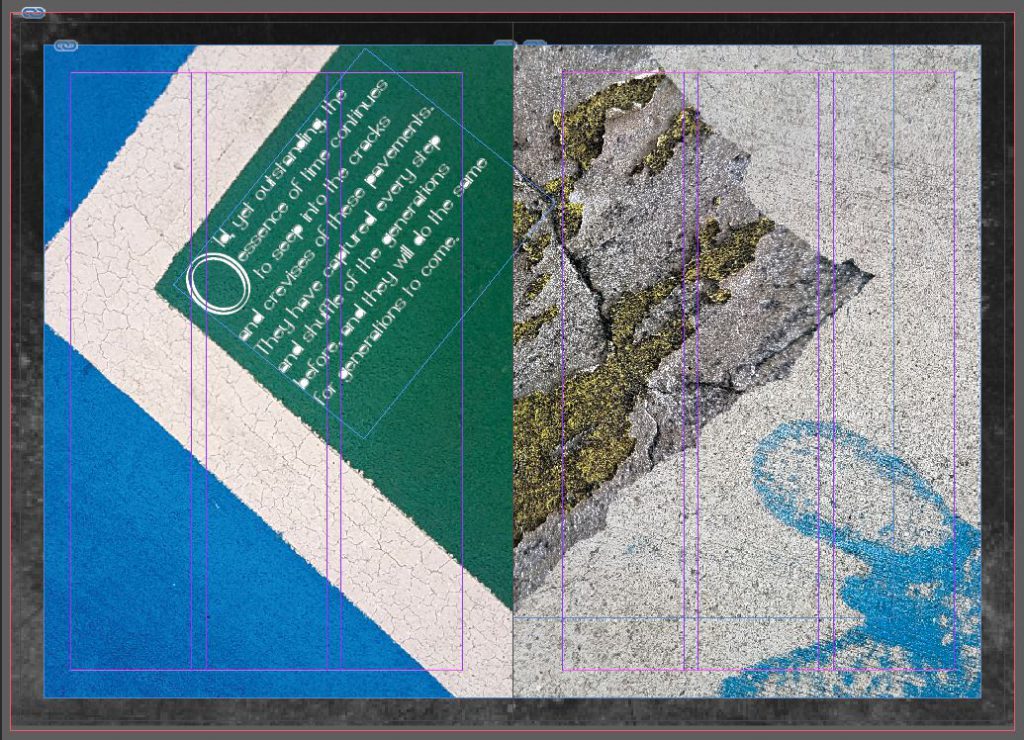Everyone leaves a mark throughout their daily routine. Even at the very start of our day, we leave a trail that captures our movements. For instance, the specific arrangement of pillows and blankets on a bed can show us exactly how its sleepy human rolled out of bed. And at the end of the day, we can tell where a person has been or what they have done based on the positioning of their unkept shoes at the main door.
There are definitely many ways to evoke a sense of presence and movement, without having a physical body there to show for it, but here are just two ideas for interactive spaces that focus on that!
Idea #1: Impressions
This is idea does not involve any digital tech; just a couple of sticks, some charcoal dust, and one (or four) long sheet(s) of paper.
Set up and flow:
The interactive space will be set in a standard 4-wall room, each wall lined with paper (strong enough to be embossed without easily ripping). Participants will each be given a stick for writing/embossing, and will be free to scribble on any part of the paper-covered walls they want. They are encouraged to write down a personal message, preferably a secret that they’ve kept to themselves so far. Overlapping of writings is allowed. At the end of the day, the next batch of participants will be given charcoal dust to rub on their hands. Once that is done, they are allowed to have free roam of the room and rub their hands on any of the walls again. At the end of the day, the secret messages will be exposed for everyone to see.


Results:
I’m not sure what an actual result would look like, but I would predict that majority of the messages will be at the average eye level. The length of a single message reveals the writers movements, and the various handwriting show the presence of multiple people with their own unique personalities. The level at which the message was written can also be telling of participant’s height. Likewise, for the charcoal hand prints, the type of smearing can tell a person’s movement; whether it is being wiped in a concentrated area or if its a sling sweep from one end of a wall to the other. They all signify a sense of movement.

Idea #2: Broken Gramophone
We all know they classic game of broken telephone: a group of players line up to pass a message consecutively from one end to the other. That message, however, always gets butchered and what the last person recites can be vastly different from the original message.
For this idea, roughly the same concept is applied, but this time through sound recordings.
Set up and flow:
The interactive space will take place within Pasir Ris, where a crew member will set up the first audio recording, travelling from the MRT station to Pasir Ris Park, and eventually to Down Town East. The whole walk will take about 45 minutes. Once the first route has been recorded, the recording will be uploaded to a drive where the first participant can access and listen to it on. All participants will start at the exact same point as the crew member at the MRT station, but from there, they will play the recording and decide where to go from there. As they go about their way, they have to rely on the sounds in the previous recordings; the crunching of sand beneath shoes on a pavement, the crashing of waves, the beeping of traffic signals. As they are walking, their own path will be recorded simultaneously. Once the participant reaches the end of 45-minute walk, that new recording will be shared with the new participant, and the process repeats. There will be about 4-5 participants, and by the end of the day, where will be 5-6 complete recordings.

Results:
Again, not sure how this would pan out exactly, but based on what we know about broken telephone, we can suspect that the very first recording is no doubt different from the first. Each audio recording captures the participant’s unique path, and when compared with each other, you can tell roughly at which point do they diverge from one another. This gives a mental map of the physical area they covered, with familiar, synchronised sounds forming a common path and new sounds forming new ones. Together, the recordings show the listeners a sense of movement through sound alone.


